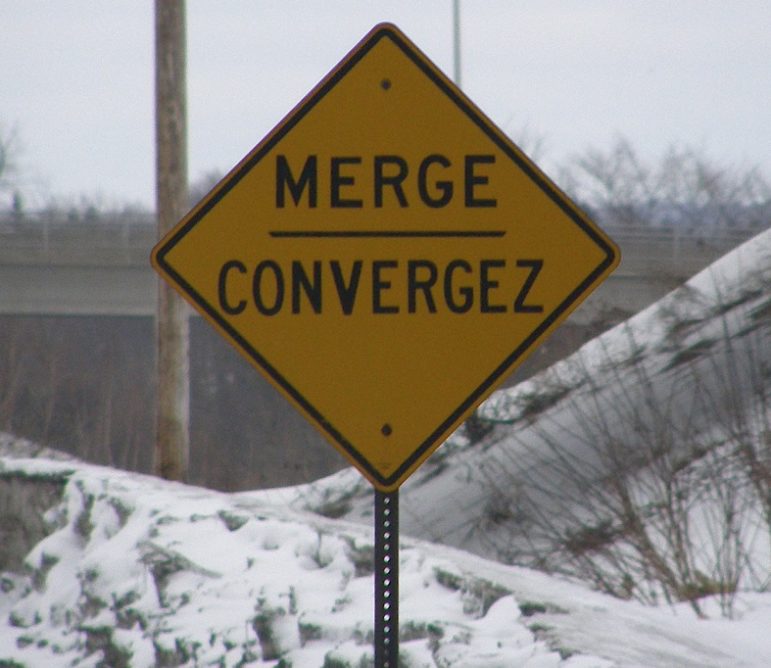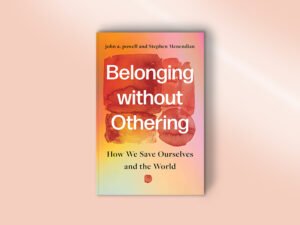
What is it that makes a nonprofit merger work well? The Chicago Nonprofit Merger Research Project, a partnership between Northwestern University’s Kellogg School of Management, Mission + Strategy Consulting, and eight Chicago foundation funders, analyzed 25 nonprofit mergers that occurred in the Chicago area between 2004 and 2014. They interviewed a minimum of three participants from each merger—acquired and acquirer organizations—and selected 5 of the 25 cases for in-depth case studies.
Recent nonprofit merger studies have found that mergers often result from leadership changes and conditions of fiscal distress. Obstacles to mergers include job loss (CEO and staff), legacy and mission constraints, branding and naming concerns, and risks related to taking on excessive debt and liability.
All of these descriptions contain negative connotations about one or more of the participants, a point that was highlighted in a study performed by in Minnesota in 2011 and written up in Nonprofit Quarterly in 2012. (A subsequent study and analysis came out the following year.) That study also found that the language used by funders to promote mergers is often inadvertently shaming even while many mergers are pursued for the most strategic and well considered of reasons.
The Language Matters
In this study, “merger” is used as a generic term for a kind of partnership in which two or more organizations or corporations become one. A wide variation in merger types exists as viewed from a legal perspective and by explanations provided by merger participants. Among the 25, one finds all generic forms of mergers—acquisitions (A into B); asset transfers; merger of equals (A & B into C) and variations in control mechanisms—offering insights into how and why each was employed. Of greater interest to the research team is the way the parties to the merger chose to characterize their union in press releases and within their in-house communications.
Language matters. How merger transactions were “framed” by one or more parties to the transaction had an impact on whether or not the mergers went forward. Most avoided language such as “takeover,” “deal,” or even “merger.” Rather, boards and leaders spoke of a “combination of equals,” “union of affiliates” (a federation merger), “conditional gift transfer” (a foundation merger), a “strategic alliance,” or simply a “change of control.” Mergers take different forms, and each had particular differences.
Sign up for our free newsletters
Subscribe to NPQ's newsletters to have our top stories delivered directly to your inbox.
By signing up, you agree to our privacy policy and terms of use, and to receive messages from NPQ and our partners.
A Bad Rap
Much of the commentary on nonprofit mergers often faults what appears to be the lack of strategy or strategic intent. That is, organizations are unclear what they seek to achieve by a merger (e.g., growth, competitive advantage, more/better services, and the like). Most nonprofit mergers, as noted, are generated by succession choices and failure avoidance.
Contrasted to Good Outcomes
In contrast, the research uncovered several thoughtful, well planned, and strategically driven mergers that resulted in more services and greater growth. The merger of mission-based organizations resulted in growing their impact, which should be the goal of all charitable organizations and should provide incentives for boards to explore mergers as a strategic option. We found organizations acting strategically with a clear sense of their industry, understanding their particular market and non-market forces (government policies), and taking action to enhance their competitive position. A few select examples underscore these findings:
- United Cerebral Palsy of Greater Chicago ($9m) merged into Seguin Services ($27m), creating UCP Seguin Chicago in 2013. The two shared a common mission of service to the disabled. Combining their separate competencies—UCP’s technical advantages in integrated technology, equipment, and information and Seguin’s extensive independent group homes and services—resulted in robust growth in revenues and in services.
- The merger of three Chicago area hospice providers in 2015 created the largest hospice provider in Illinois ($81m), JourneyCare. The three geographically contiguous providers pooled their resources, expanded their collective customer impact, and gained a competitive advantage in an industry where for-profit providers had greatly expanded.
- Boundless Readers ($500,000), a small, school-based literacy training program in Chicago, merged with Working in Schools—WITS ($1.4m)—a larger, volunteer-powered tutoring program operating within Chicago Public Schools. Boundless Readers (1988) pioneered in working with teams of teachers and administrators to provide literacy instruction through its nationally acclaimed program. By merging with WITS, Boundless Readers was able to sustain its legacy teacher-training program, which was integrated successfully into other WITS literacy tutoring activities to reach more students and more schools.
- Big Brothers Big Sisters of Metro Chicago (BBBS-MC) underwent three geographic merger expansions (Lake County, IN; and DuPage and Lake County, IL). Over ten years, BBBS went from financial insolvency in 2005 to become one of the national BBBS’ more successful chapters by 2015. Starting as a leaderless, financially strapped organization serving 100 or so at-risk children, BBBS grew to a $4m, financially vibrant, highly efficient Chicago area organization promoting high quality services for 1,800 at-risk children.
- The Eleanor Foundation ($5–6m) merged into the Chicago Foundation for Women ($6–7m) in 2012 to form a “strategic alliance.” The two “joined forces” because together they could do far more to help female-headed households reach the middle class than operating separately. EF gifted its assets to CFW on the condition that CFW continue to substantially fund work on economic self-sufficiency for women. The CFW doubled its asset size since the merger, and greatly increased its donors, partners and projects in the Chicago area.
Each of these examples employed different merger strategies, whether in pooling their resources for greater collective impact or in trading their competencies to grow in new or different markets. These 25 mergers spanned more than a dozen traditional nonprofit subsectors—foster care, disabilities, adoption, job training, youth empowerment, literacy, hospice care, and the like. Each of these “subsector industries” changed their structure (i.e., merged) in response to external forces: competitors, shifts in government practices and policies, and the need for greater financial stability.
A unique mix of industry forces and public policies, often overlooked by previous merger studies, played a key role in explaining why several acquired organizations embraced merger remedies. The Affordable Care Act was the principal catalyst for the hospice merger because it caused a restructuring of the health care industry—hospitals, payments and providers. International government restrictions on foreign adoptions changed U.S. adoption markets, leading to increased mergers among providers. The State of Illinois’s human service reimbursement practices transformed the economies of foster care for contract providers, as did deinstitutionalization of the disabled to residential service providers. And changes in governmental support for workforce development and affordable housing transformed the sustainability of agency providers, resulting in several mergers.
Finally, the dynamics of nonprofit mergers encountered in the study, whether in pre-merger stages or later, suggest a more balanced view of the merger process. Most of the merger acquirers had experienced previous mergers. In a significant number of the mergers—80 percent of cases—a prior relationship or collaboration existed between the organizations that merged. The vast majority of the merger nonprofits studied engaged third-party consultants or facilitators to help them navigate the often-lengthy merger process. (Median merger negotiation outcome took 15 months.) In 85 percent of our cases, the board chair or a board member from one of the organizations emerged as the chief merger advocate. This finding is critically important to future mergers, because it is widely held that boards have difficulty discussing mergers, particularly where members lack merger experience and where founder legacies are involved.









